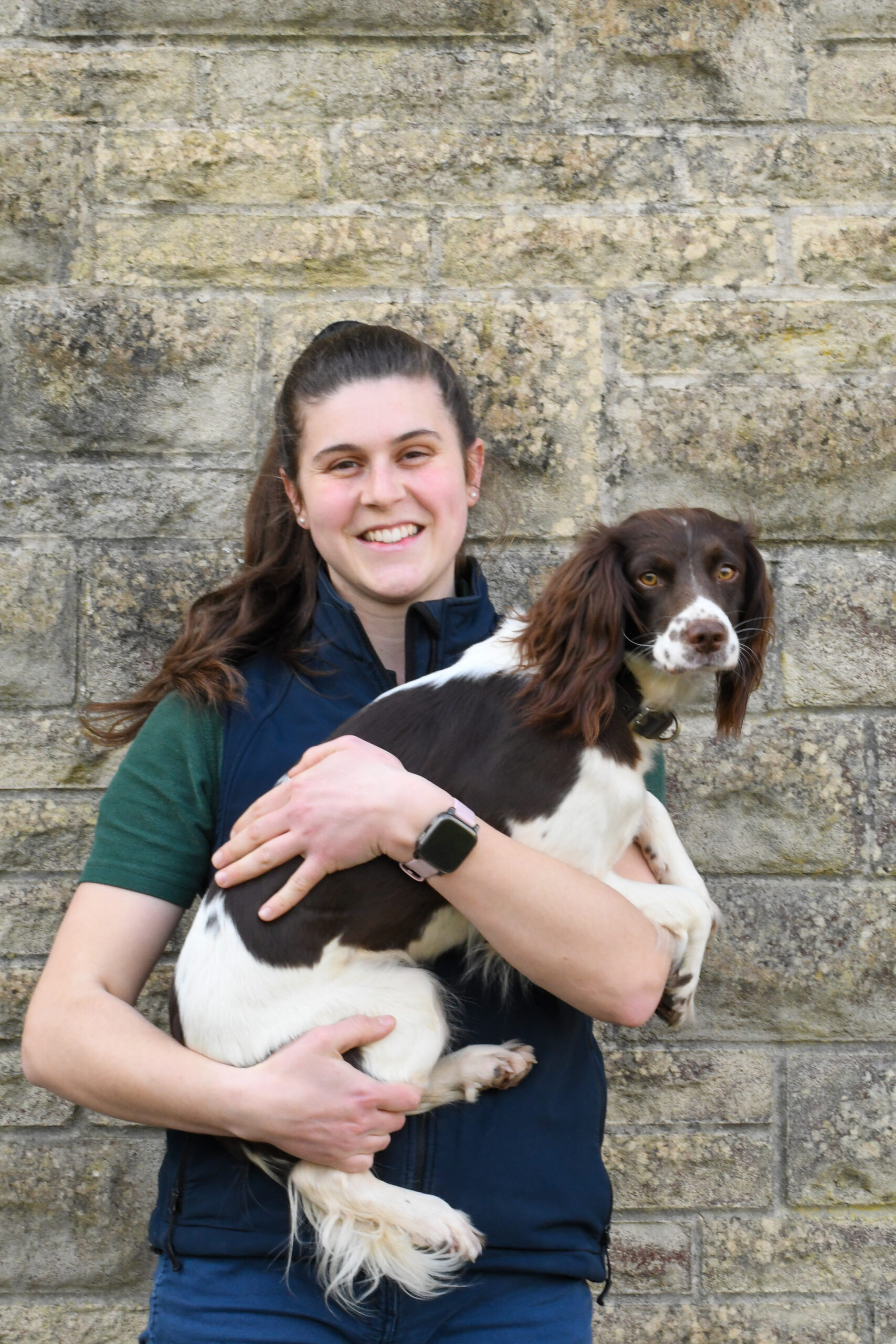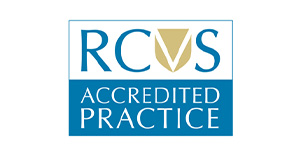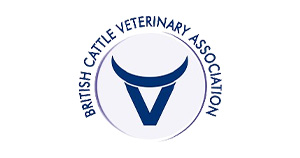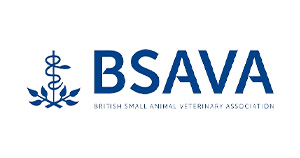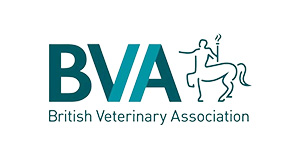My 4Qs of Colostrum Success
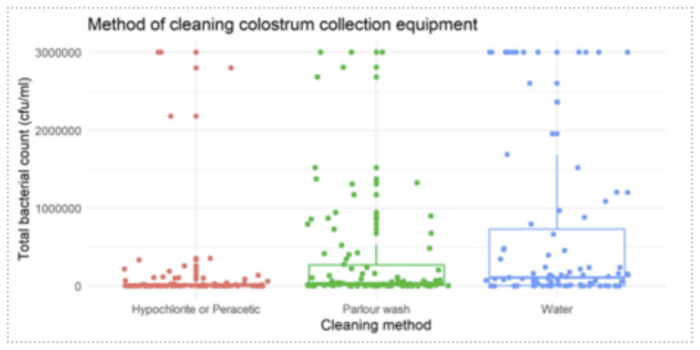
Published: Jan 2025
Everyone should be familiar with the 3 Q’s of colostrum management (Quality, Quantity, Quickly), but I like to make it the 4 Q’s by including sQueaky clean.
Bacterial contamination interferes with the uptake of colostrum by binding and neutralising antibodies in colostrum, damaging the cells that absorb colostrum and competing with colostrum antibodies for absorption. A 2020 study found that nearly 30% of colostrum samples taken from UK dairy farms had bacterial contamination levels over the threshold of 100,000 cfu/ml. They found that contamination mostly came from the collection bucket and feeding equipment. It is essential that you have an effective cleaning protocol on farm to reduce bacterial contamination of colostrum as well as milk replacer.
Our recommended cleaning protocol is:
1. Rinse with warm water
2. Scrub with hot soapy water
3. Rinse with hot water (55˚C)
4. Disinfect with hypochlorite (25ml in 10L) or Virkon LSP (50ml in 10L with 10 min contact time)
5. Rinse with hot water (55˚C)
6. Hang upside down to dry thoroughly
As we can see from this graph, bacterial levels are much lower after using a suitable disinfectant e.g. hypochlorite or peracetic acid.
It is also essential that once colostrum has been harvested it is fed immediately or frozen/ refrigerated within 1 hour. Bacteria numbers double every 20 minutes and so colostrum will very quickly become bacterial soup! We have potassium sorbate available in the practice and this can be added to colostrum as a preservative, enabling colostrum to be safely stored in the fridge for 6 days. Please chat to your routine vet if you are interested in this.


